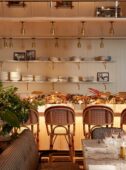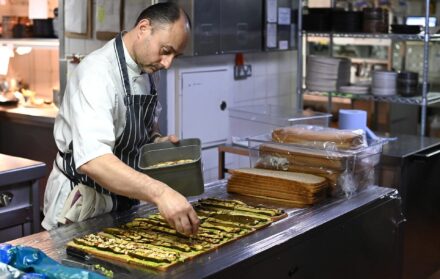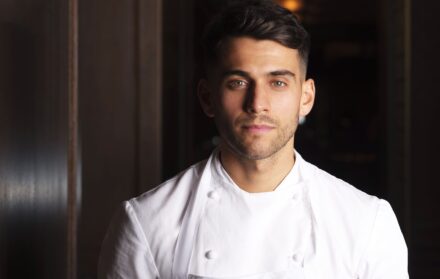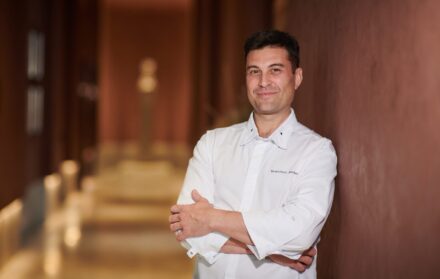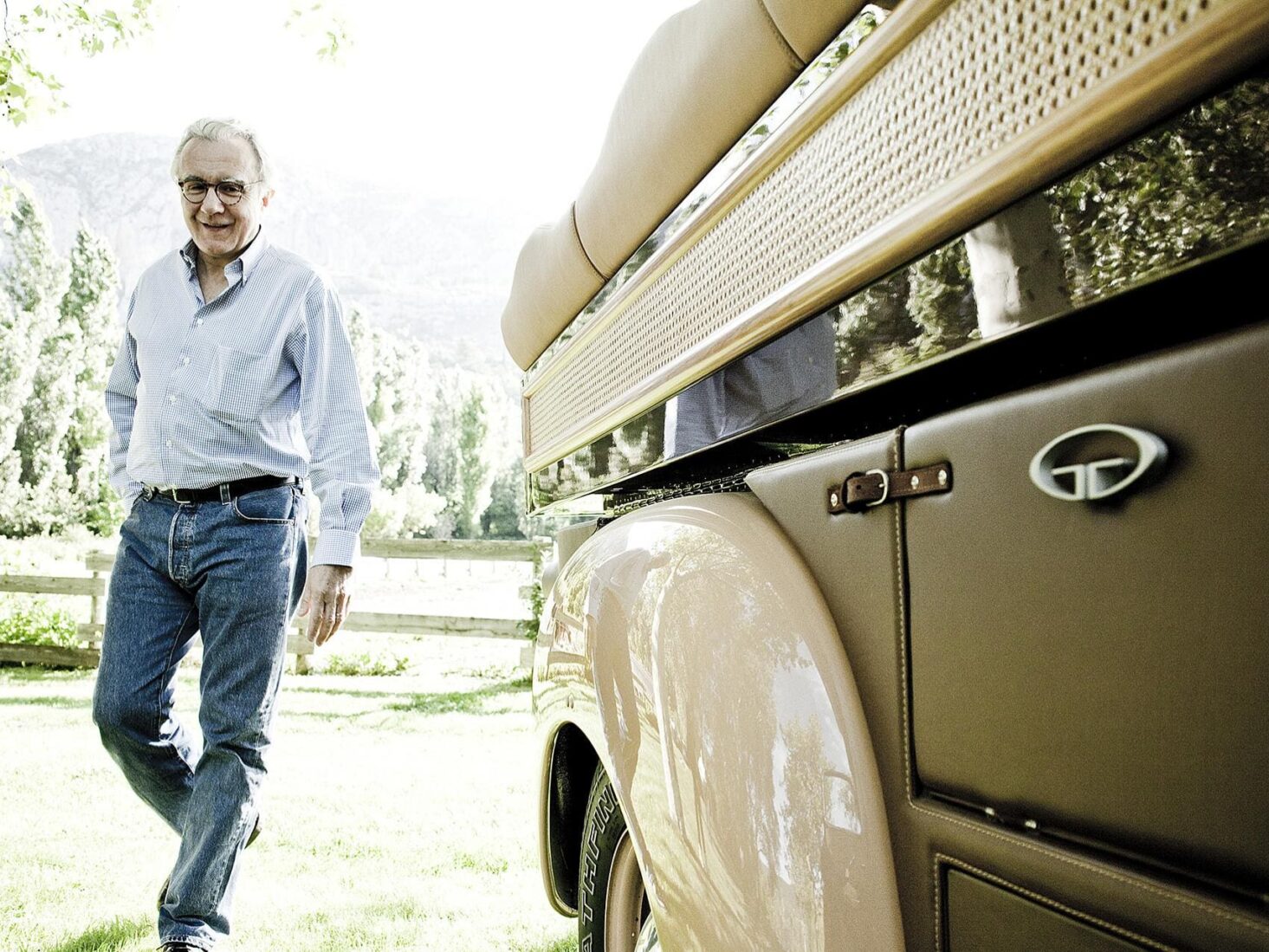
Alain Ducasse on sustainability, his love of Provence and sending Michelin meals to Mars
Since winning three Michelin stars at the age of 33, Alain Ducasse has become one of the world’s most decorated chefs, with a galaxy of stars and a global empire to his name. As he celebrates
When Alain Ducasse decided, aged 12, that he was going to be a chef, he was yet to step foot in a restaurant. He learned to cook from his childhood home, a 200-year-old farmhouse in provincial France where the complexities of silver service and Michelin-standard meals were far from his mind. To Ducasse, the greatest chef was his grandmother, Jeanne, and he was her devoted pupil.
“My grandmother used to prepare our meals, and she was often sending me to the kitchen garden to pick ripe vegetables. I loved to see her cooking, transforming the produce of our farm into delicious food,” the chef recalls. “I still remember the smell and taste of the roast chicken she used to prepare for Sunday lunches. This is what inspired me and is still the source of my inspiration.”
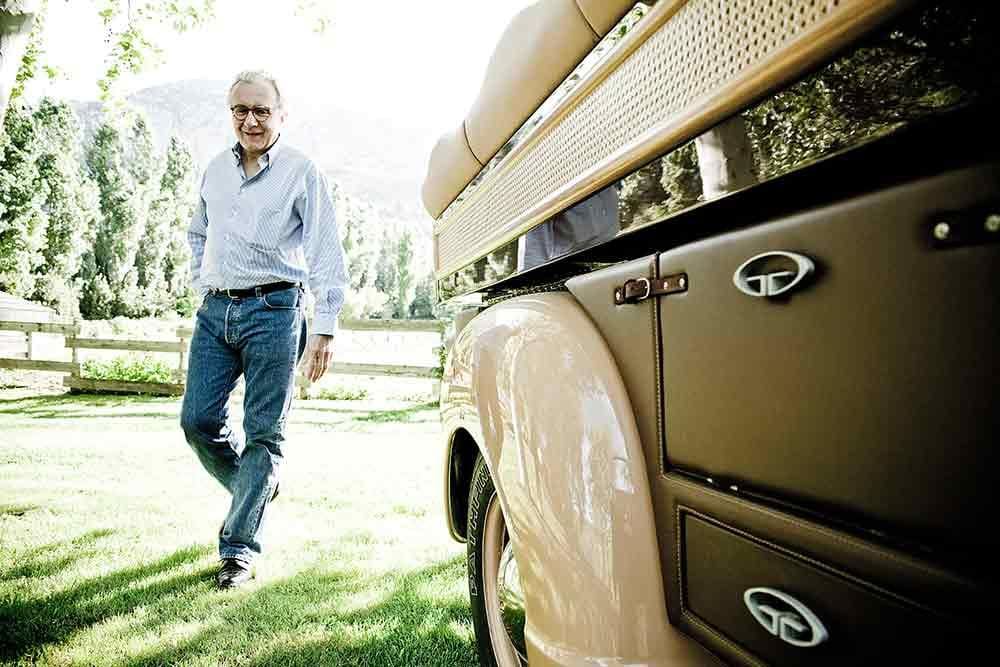
Little did Jeanne know how important her tutelage would be. Today, it’s hard to imagine how the restaurant industry would look without the influence of Ducasse. One of only two chefs in the world to hold 21 Michelin stars in his career, the cook’s culinary prowess has been felt far and wide, not least because his 34-strong restaurant empire spans three continents and seven countries.
Having begun his formal training at the age of 16, Ducasse learned the skills of the trade under the guise of legendary cooks Michel Guérard, Gaston Lenôtre, Alain Chapel and Roger Vergé. Head chef positions followed and in 1984 Ducasse earned his first Michelin star as the executive chef of La Terrasse in Juan-les-Pins. It was to be the first of many.
Today, Ducasse’s list of record-breaking feats is exhaustive, but the highlights are enough to give you an impression: in 1990, aged 33, he became the youngest chef in the world to be awarded three Michelin stars. Eight years later, he doubled his own record, becoming the youngest ever chef to receive six Michelin stars. In the year following, he became the first chef to earn three Michelin stars twice in the same year. He’s also the only chef to date to score a hat-trick of stars in three different cities.
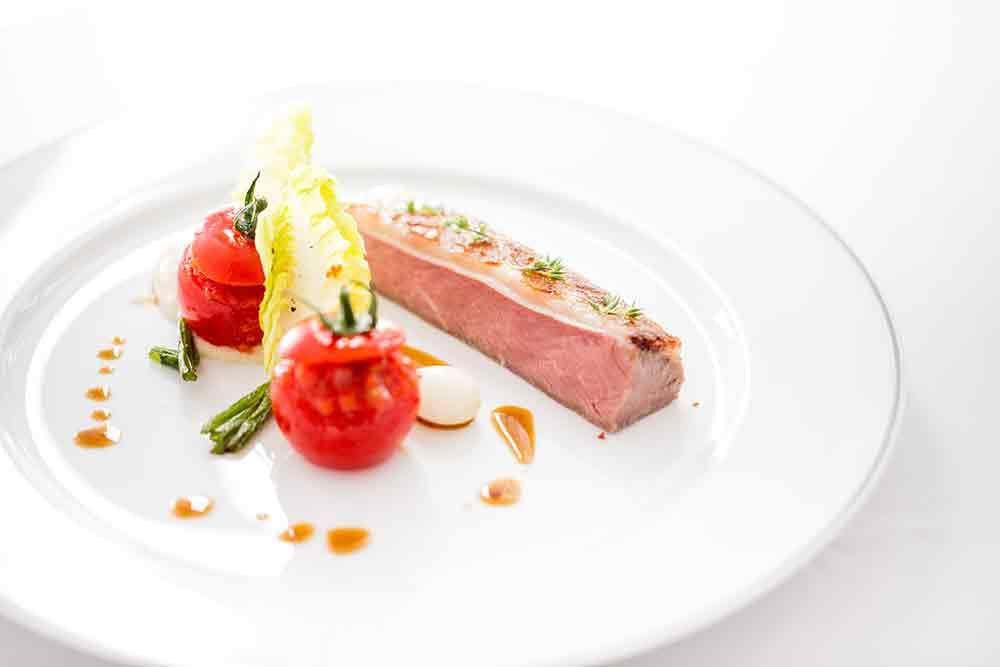
It’s all the more impressive considering the circumstances. In 1984, Ducasse survived a plane crash that killed everybody else onboard. He was travelling with four colleagues to open a new restaurant in Courchevel when bad weather hit. The low clouds obscured the pilot’s vision, and the plane struck the mountainside. Ducasse spent six-and-a-half hours hanging from a tree, waiting for the rescue team to find him.
It was while the chef was in hospital that he began to look at the culinary industry from the viewpoint of a restaurateur. Unaware whether he would stand again, let alone cook, Ducasse dreamed of recipes and restaurants, and realised he could continue his career by sharing his expertise with others.
He made a full recovery, but the seed of his global empire was planted. Today his kingdom runs from Las Vegas to Tokyo, and includes not just restaurants but hotels, a training school and a series of chocolate shops.
In Provence, two inns harbour all that Ducasse set out to achieve; excellent service and exquisite French cuisine can be found at L’Hostellerie de l’Abbaye de La Celle and La Bastide de Moustiers, which mark 20 and 25 years in business this year respectively. The latter provided the starting point for Ducasse’s fledgling hotel business, and was originally planned as a holiday home for him and his family.
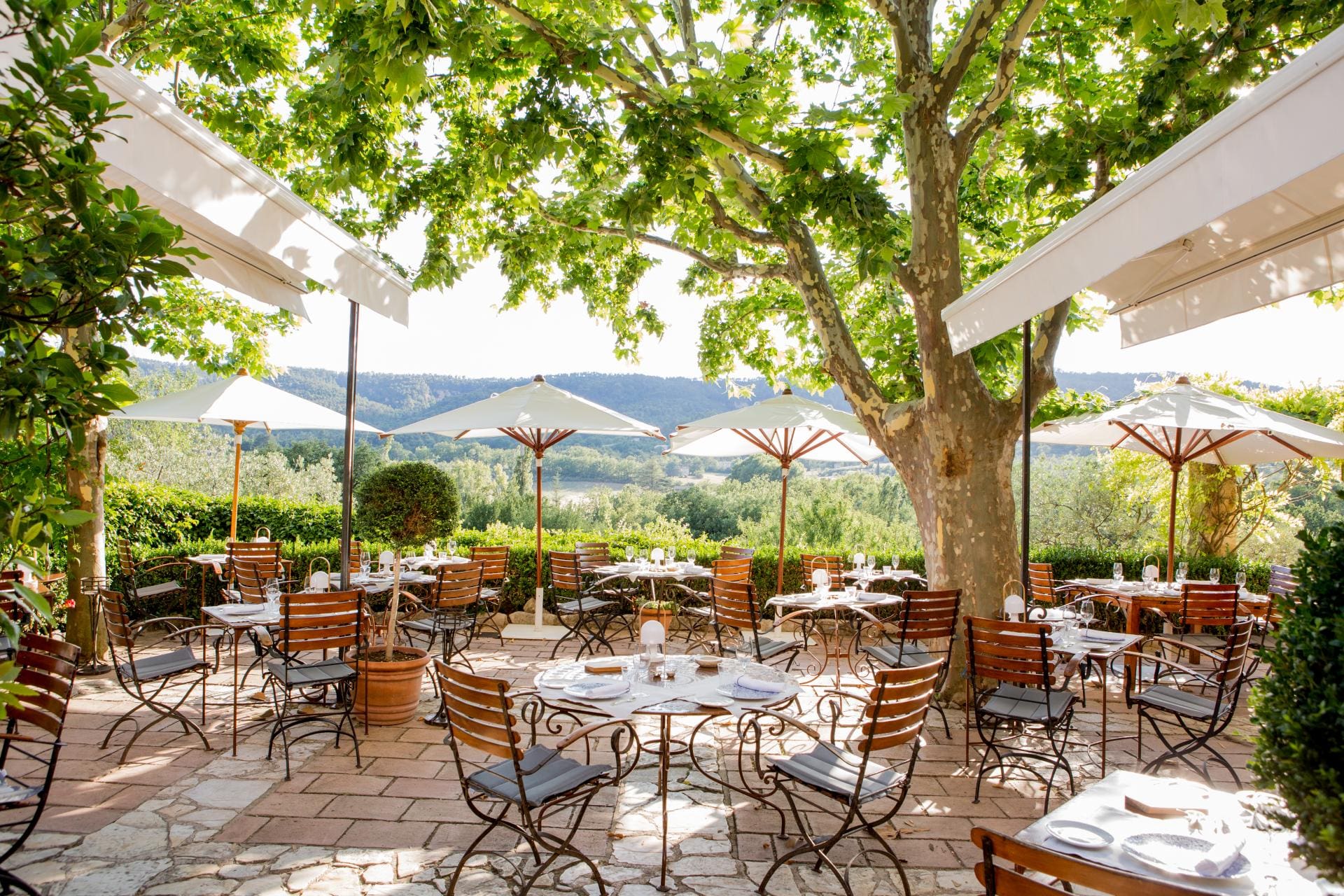
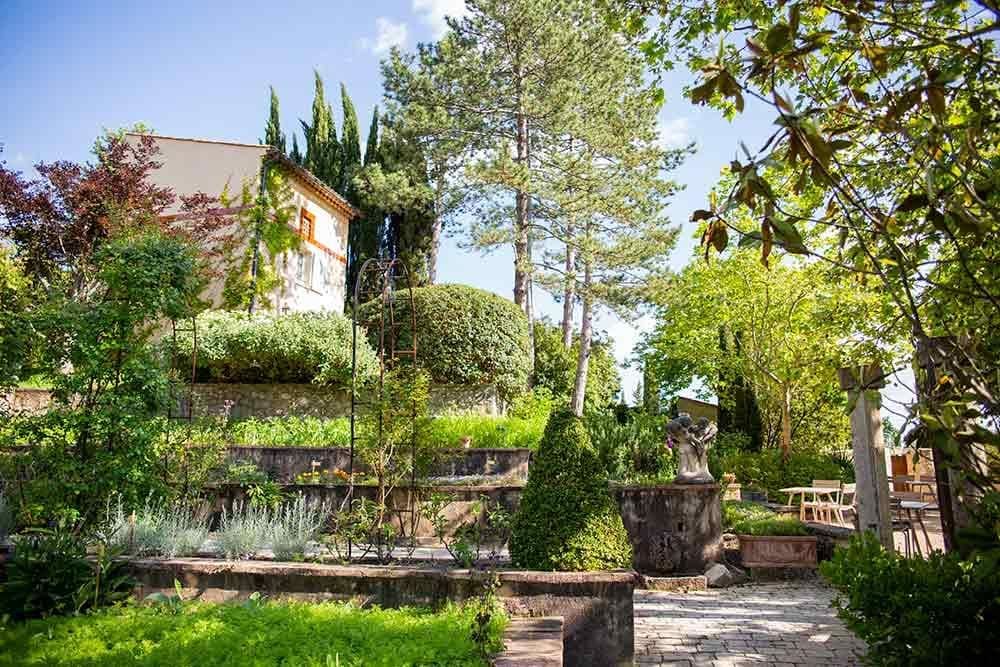
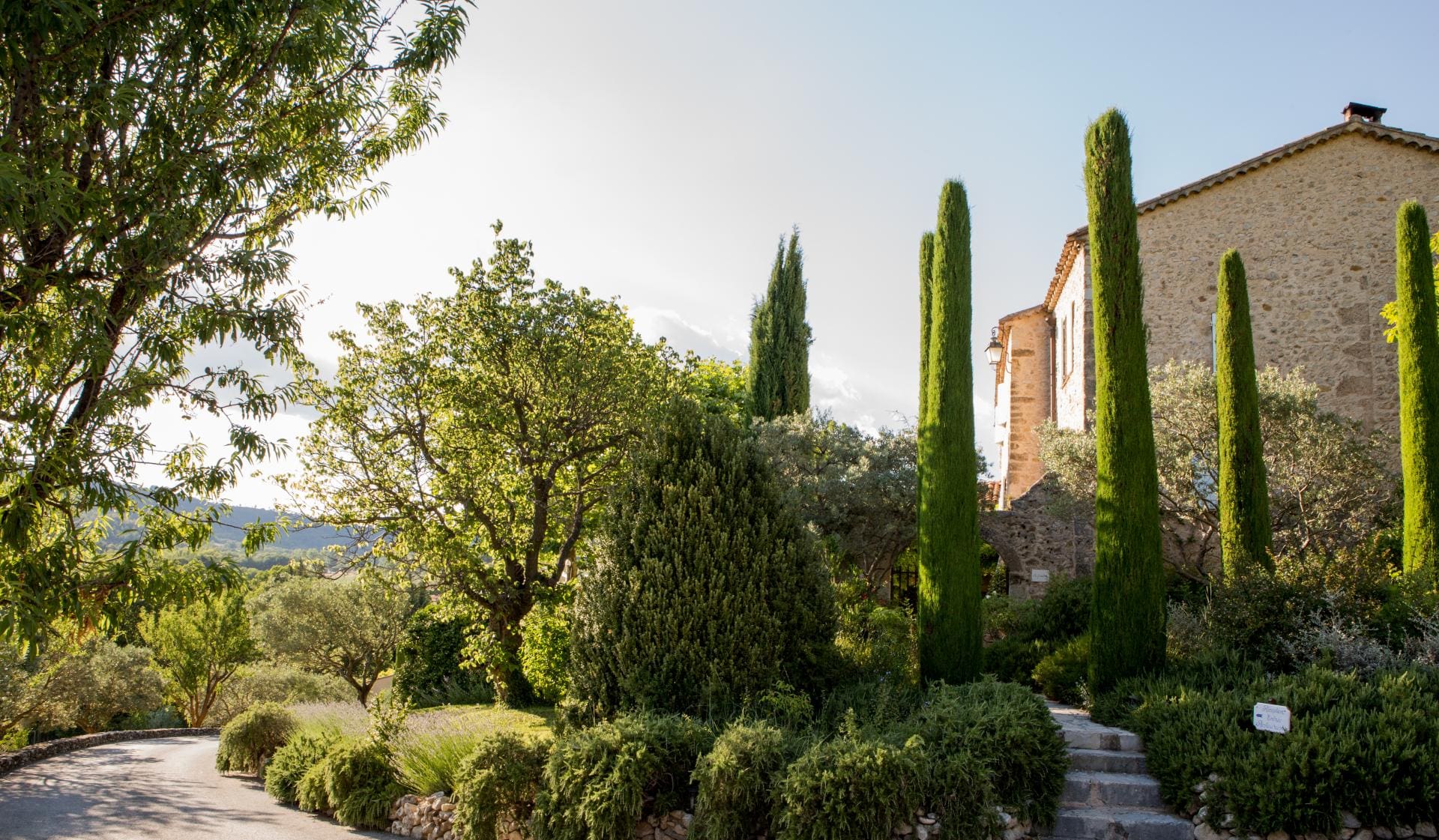
“Hedonists who come to La Bastide are almost like family, aren’t they?” He jokes when I ask why he chose to turn it into a hotel instead. “I love everything about Provence: the light, so pure, which magnifies the landscape; the architecture, altogether modest and refined; and, of course, the produce – colourful and so tasty.”
It’s the food that provides the biggest draw, and which he perfects in the hotels’ respective Michelin-starred restaurants. Both are headed up by two of Ducasse’s protégées, Frédéric Garnier and Nicolas Pierantoni. His passion for nurturing young talent has afforded him a loyal team and spawned a number of Michelin moguls in the process – London’s own Hélène Darroze and Clare Smyth both undertook stints at Ducasse’s Parisian flagship Le Louis XV.
“All of my chefs have been working with me for long years – many of them for more than 20 years,” Ducasse says of his team. “This is pivotal to ensure the consistency of the cuisine offered in my restaurants. They are totally instilled with my vision and I know they can perfectly interpret it with their own personality.”
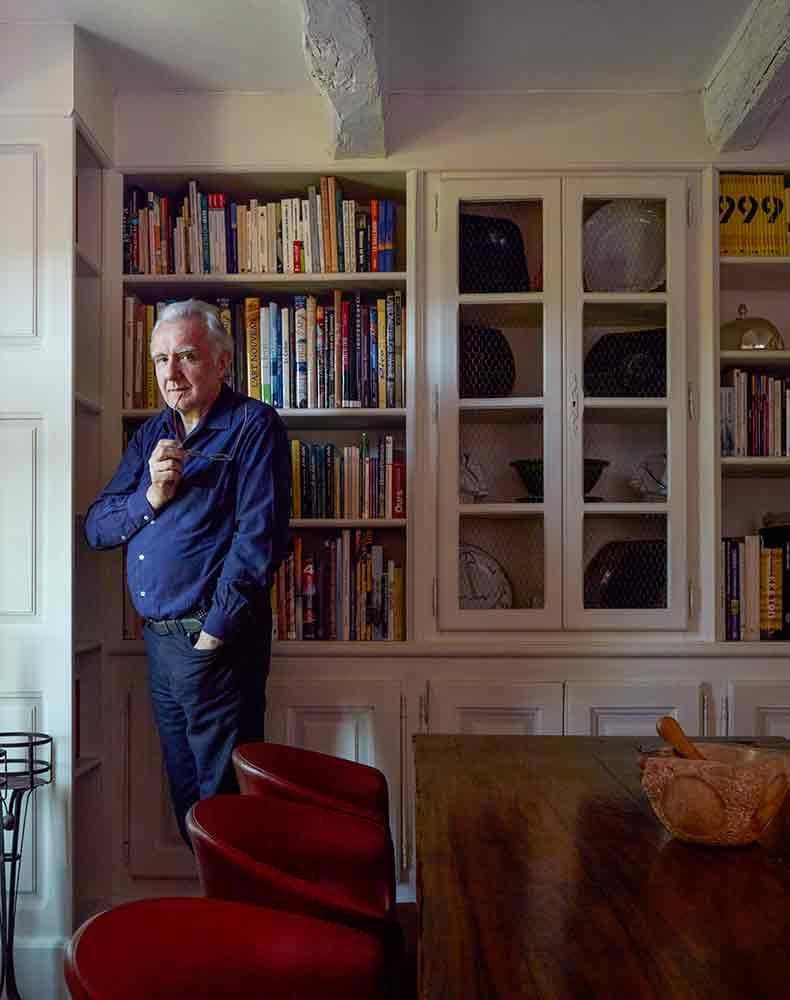
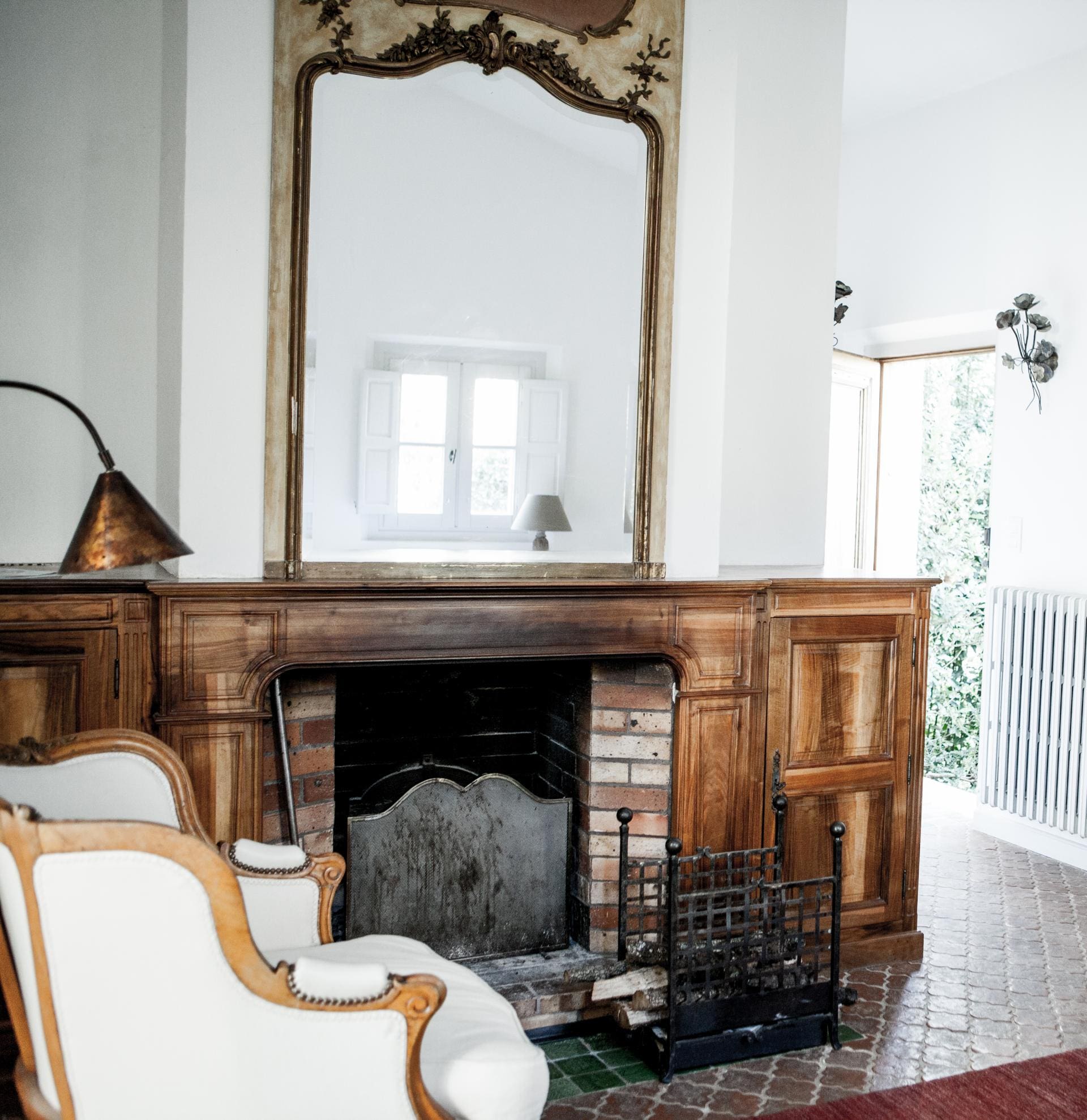
It’s a vision that spreads far and wide. Few chefs reach such a global audience as Ducasse, and his influence is reflective in his food. In Idam, a restaurant in the heart of the Museum of Islamic Art in Qatar, a Mediterranean-meets-Middle Eastern palate is served. At Rivea Las Vegas, a hybrid menu of Italian and French dishes is offered to visitors of Hôtel Delano’s 64th floor. Within France, too, Ducasse deviates from tradition; at the Parisian restaurant Spoon, the chef takes diners on a journey inspired by the Spice route – from India to Levant.
“The food reflects the location,” Ducasse explains. “To create a menu, I always start with local resources: what can I get locally? Here is the advantage of French cuisine: an immense array of techniques, which can be applied to almost all sorts of products. The results are the dishes I produce.”
An increasingly accessible international audience is one of the many positive changes, the chef says, that he has experienced during his career. “Many things have changed in the industry since I started, from the technical equipment of the kitchen to social media influence, from vocational training to TV programmes devoted to cooking. However, I believe the two key changes are the globalisation of the restaurant scene on the one hand, and environmental awareness on the other.
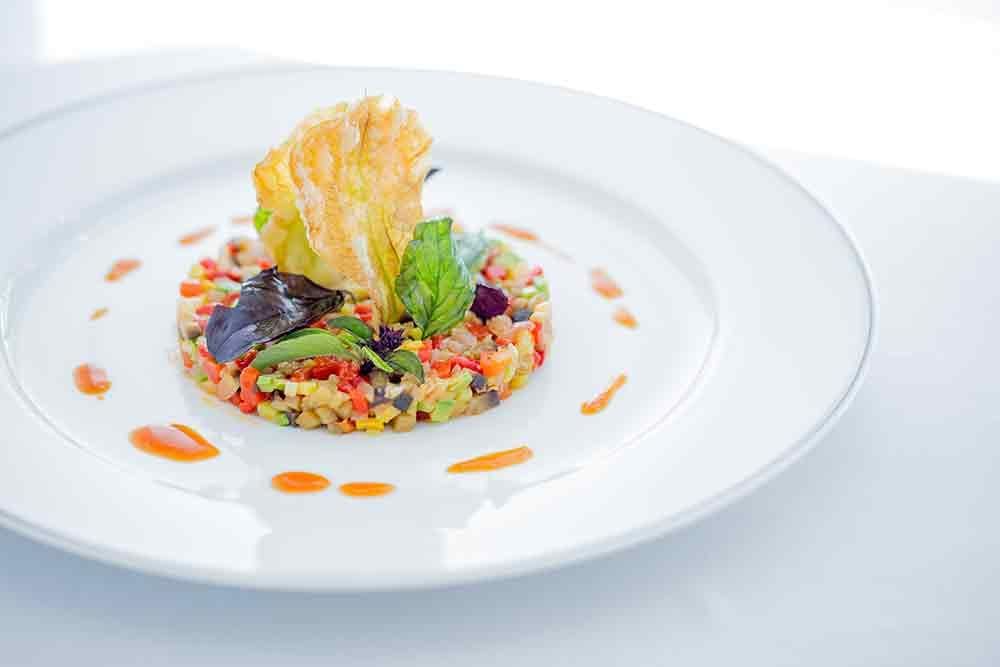
“Today, talented chefs and remarkable restaurants are everywhere across the globe. This makes the competition tougher yet also very stimulating and very beneficial for food lovers. The development of environmental awareness is another crucial change and we, chefs, have to contribute. It’s mandatory for the planet, as well as crucial for people’s health.”
It’s comforting to hear a chef of such prominence supporting sustainability – but it shouldn’t come as a surprise. Ducasse has been at the forefront of culinary innovation throughout his career, and ecology is just another challenge for him to tackle.
Even those outside of the earth’s stratosphere have enjoyed the chef’s strive for innovation. The first cook to send food to outer space, Ducasse has crafted a series of Michelin-standard meals for astronauts on the International Space Station. Far from the powdered packets sold at the Science Museum, this new era of space food is delicious: think spiced baby chicken and tuna in lemon sauce. It’s the final food frontier, the last box ticked for a chef whose influence spans the globe. Where could he possibly go next?
“I could mention Mars, since this project is seriously developing,” he muses, referencing a career-long goal to open a restaurant on the red planet. He’s getting closer, thanks to an ongoing partnership with the European Space Agency, which is looking for methods to feed astronauts destined for Mars. It’s a project that certainly befits the world’s best chef – he’s already conquered one planet, after all.

L’Hostellerie de l’Abbaye de la Celle offers superior double rooms from approx £200 per night based on two sharing, www.abbaye-celle.com; La Bastide de Moustiers offers superior double rooms from approx £230 per night based on two sharing, www.bastide-moustiers.com
